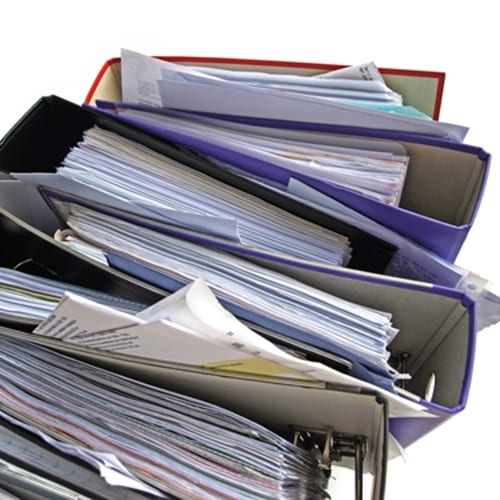Late last week, the US Bureau of Safety and Environmental Enforcement (BSEE) released new safety regulations for offshore oil and gas facilities. The move centers on installing an updated Safety and Environmental Management Systems (SEMS) rule that is geared towards improving the way employees operate in dealing with hazards.
According to Oil&Gas Journal, this "SEMS II final rule," along with the enactment of the original SEMS reform in 2011, is reflective of reforms that have been made in the wake of the BP Gulf Coast oil spill in 2010. In accordance with the rule, offshore engineers will have until Nov. 15, 2013, to have their facility's SEMS in full compliance. Under the new regulations, oilfields must adjust their workplace procedures in conjunction with a bevy of new standards and regulations, namely those related to working conditions and employee responsibilities.
"These requirements pertain to developing and implementing stop work authority and ultimate work authority, requiring an employee participation plan, and establishing guidelines for reporting unsafe working conditions," the BSEE wrote in the rule's document. "The rule establishes additional requirements for conducting job safety analyses for activities identified in an operator's SEMS program. In addition, this final rule requires that SEMS programs be audited by an accredited audit service provider."
Improving workplace safety is part of a larger wave of efforts to help offshore oil fields improve their operations. Another key factor in ensuring that any oil and gas operation moves along smoothly is to invest in oilfield insurance. In the case of an accident where the company would be held liable, the presence of proper coverage could be what it takes to avoid financial disaster in the case of environmental damage, workplace error or personal tragedy. Without offshore oilfield insurance, companies are that much more vulnerable to both federal regulations and workplace accident.

